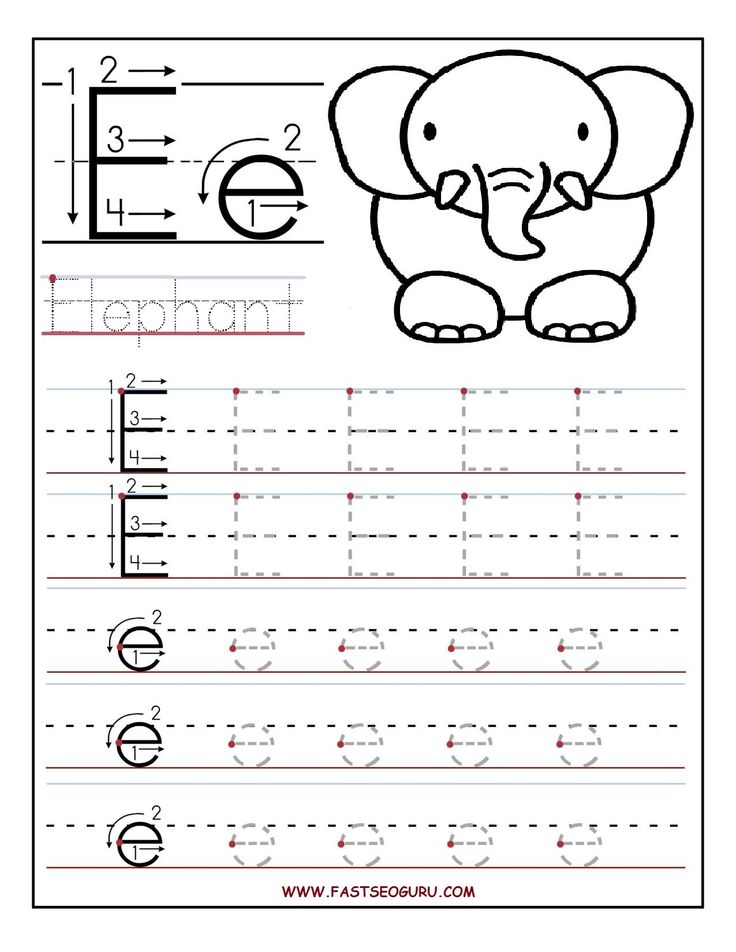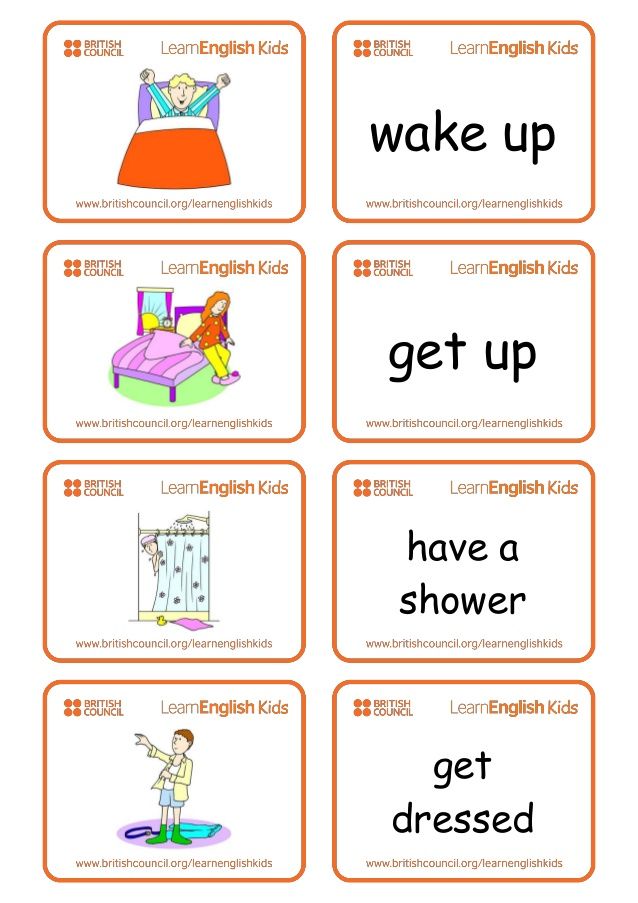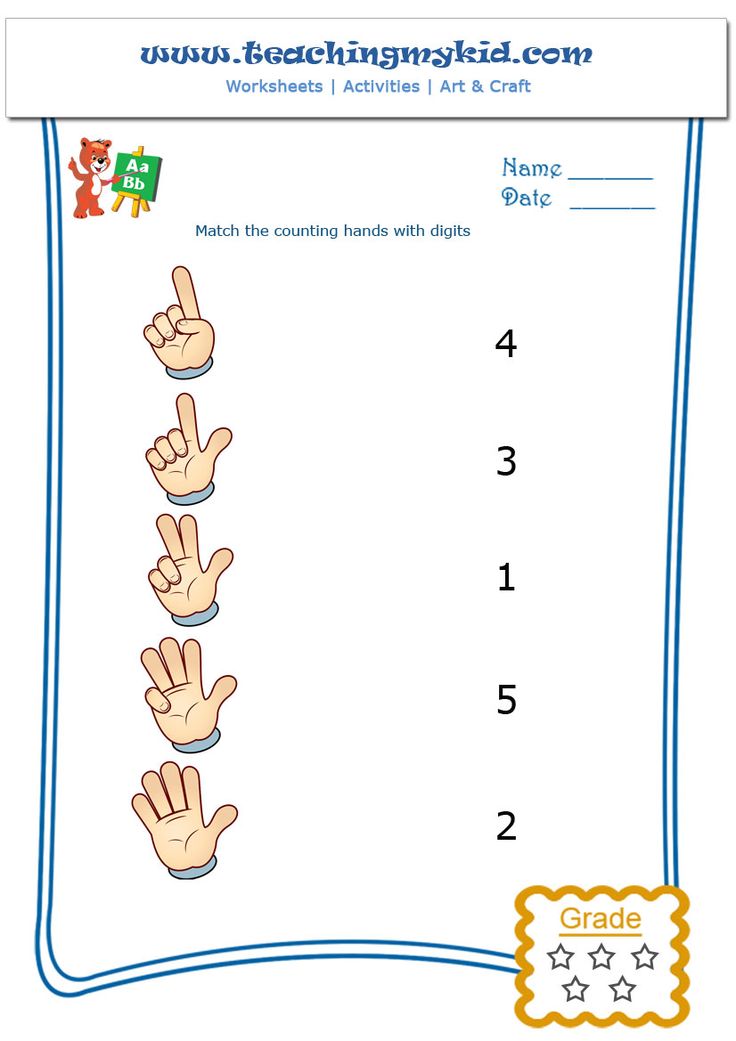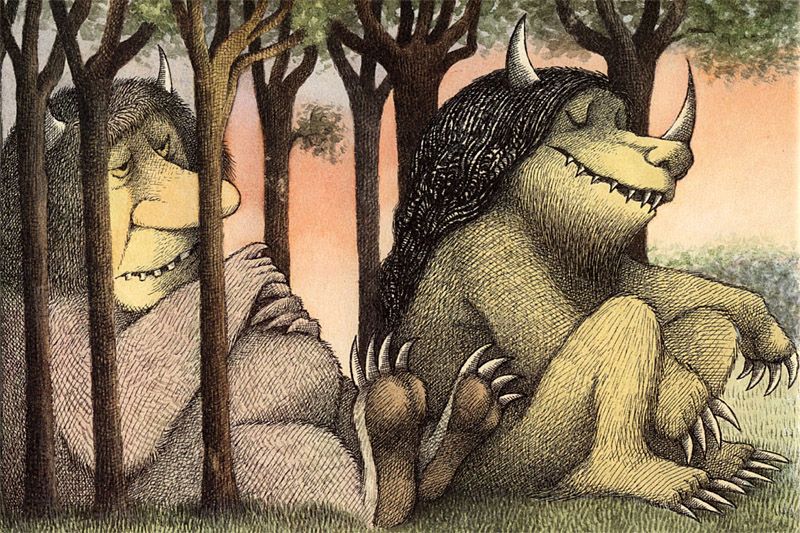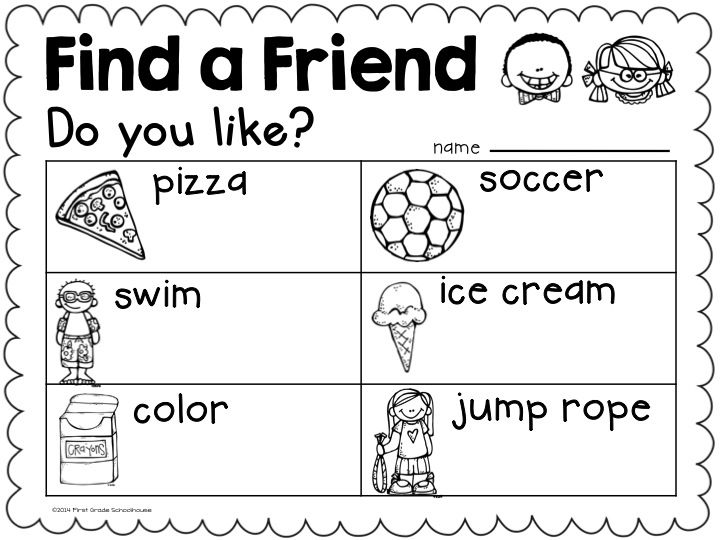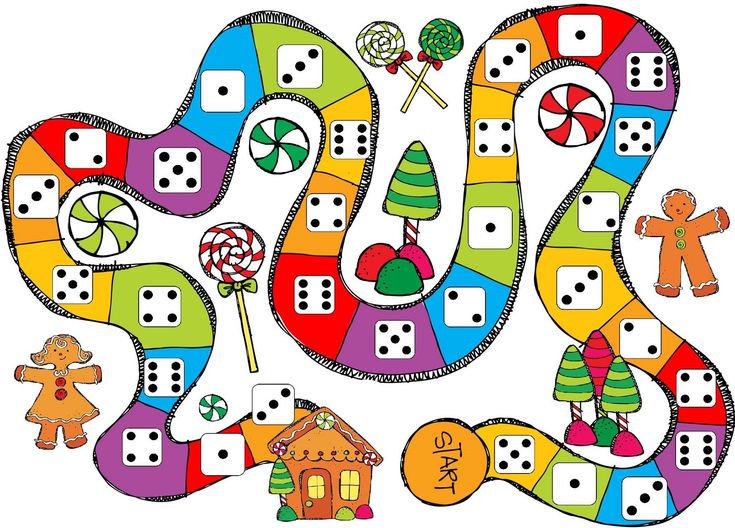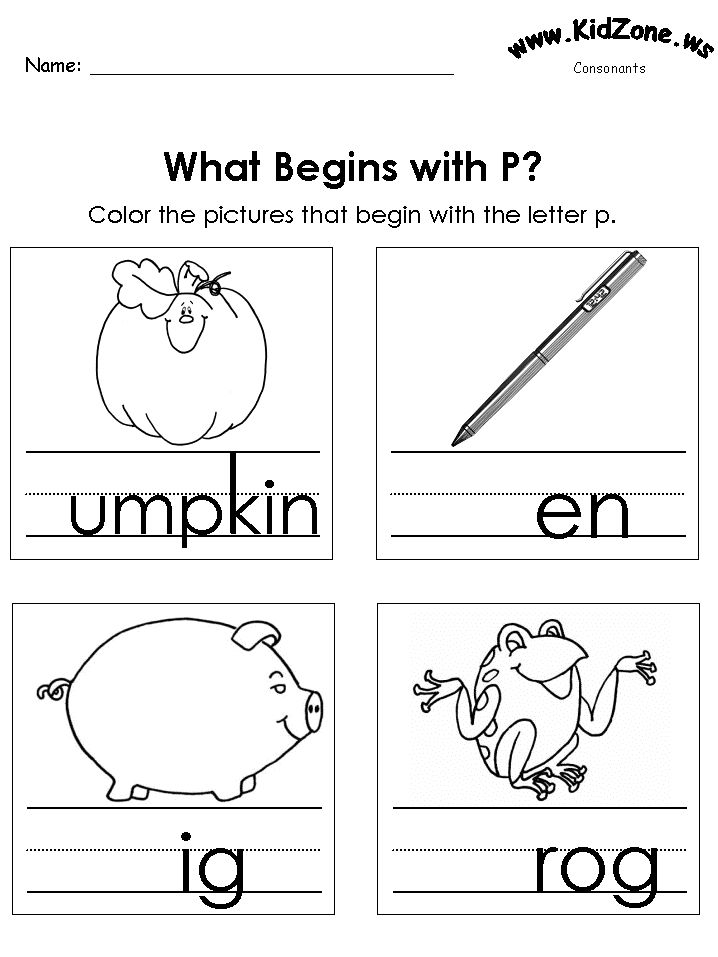Learn to write for preschoolers
Learning to Write: The Correct Way to Teach Kids
- Share
Learning to write is a process that starts long before a child can hold a pencil and write letters.
If you’re wondering how to teach preschoolers to write, the answer may surprise you…
We shouldn’t really be teaching preschoolers to write formally. Instead, we should be teaching them important foundational skills, called pre-writing skills.
Here are the reasons why, and also how to teach kids to write using appropriate activities.
The Process of Learning to Write
There are several reasons why teaching kids to write too early will actually do more harm than good.
It is important to leave the formal writing for when they are developmentally ready.
Children learn through play and are stimulated at their own developmental level while playing. This allows them to naturally progress and mature, developing more advanced skills as they go.
A child is not usually physically and developmentally ready to write during the toddler or preschool years. They will start experimenting with letters on their own and “writing” on their artwork, but they should not be forced to learn the correct letter formation or write on a line.
Here are some reasons why.
Fine Motor ControlDuring the first few years, children are developing their fine motor control. Their finger muscles need to be strengthened through activities such as drawing, painting, playing with playdough, etc.
Pencil GripWhen the finger muscles become strengthened, children learn how to hold a pencil correctly, with a tripod grip. This is not easy for young children and they take time to develop this grip by holding crayons, chalk, pencils, etc.
Younger kids will find it easier to hold thicker utensils like jumbo chalk or crayons. As they develop their grip and finger control, they can hold thinner crayons and pencils.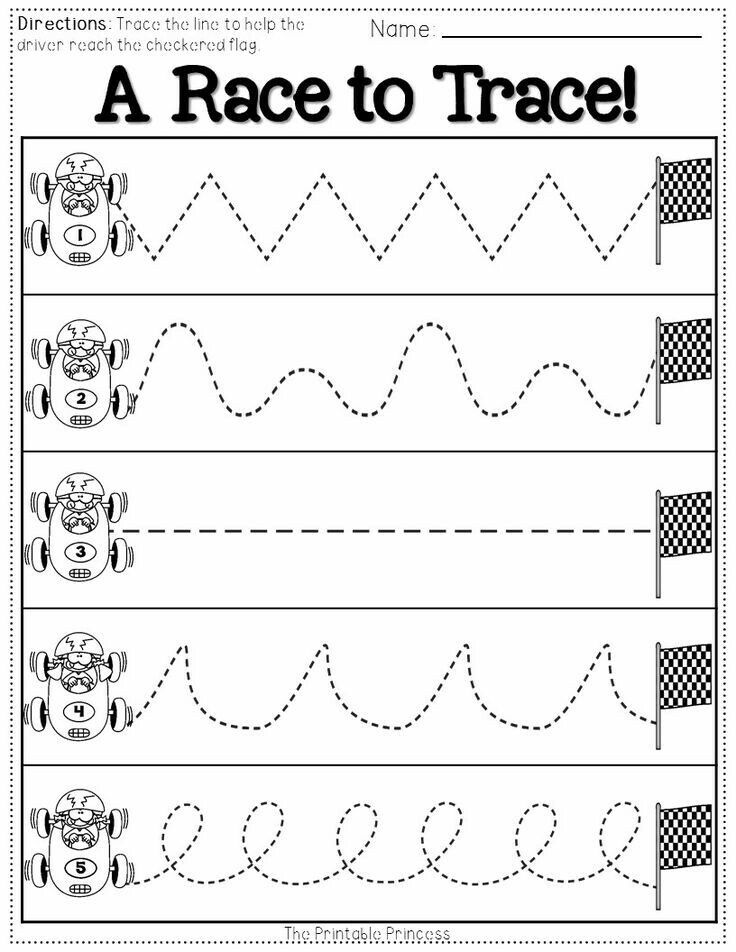
Gross motor control means children are able to move and control their bodies. In order to sit and write at a desk, they must have strong core muscles, good posture and not tire easily.
Large to SmallAs children grow, the natural way of developing is usually large to small.
Here are some examples of how you can see this in your children’s development:
- Catching large balls before small ones
- Using thick paintbrushes before fine ones
- Developing large muscles before small muscles
- Reading books with big letters before fine writing
- Building puzzles with large pieces before tiny pieces
This same principle must be applied to teaching children to write. Letters should be introduced in large before small. It is completely inappropriate to expect a young child to form a small intricate letter properly.
You can teach your child to write their name by introducing the letters through play and in a large format before writing them on paper.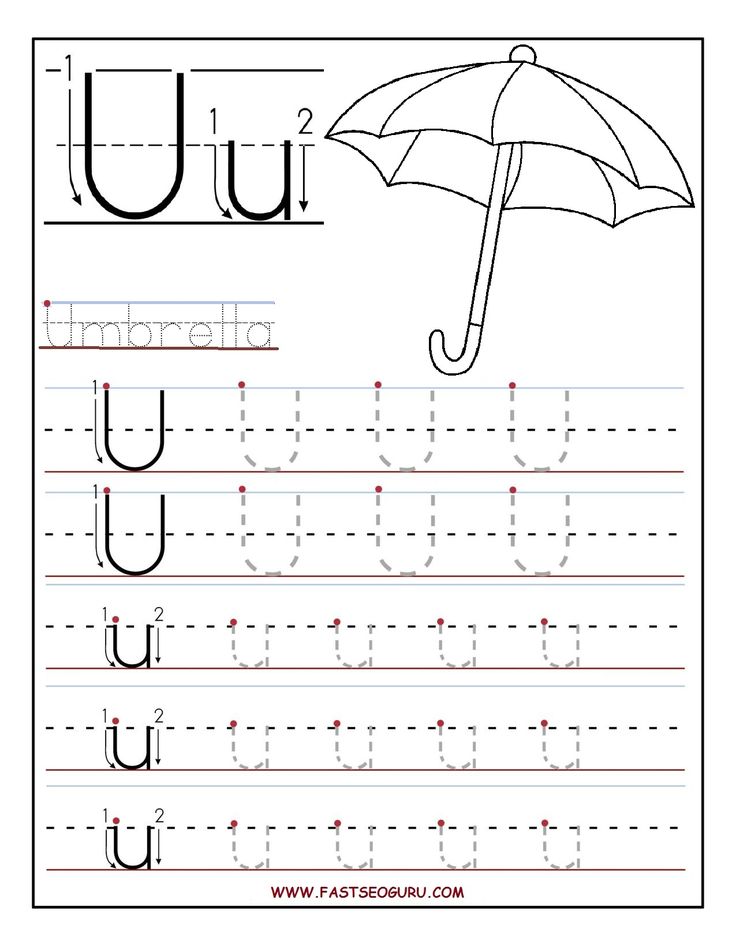
Children develop spatial perception and a sense of their position in space when playing by doing things like climbing through tunnels and chasing each other.
This helps them, much later, to space letters and words correctly on a page – next to each other, on the line, straight, small enough, starting next to the margin, etc.
Learning to Form PatternsWhen formal writing is introduced at school, the teacher does not dive in and show the children how each letter is formed. They start with patterning.
They make zigzags and waves and all sorts of patterns on thick lines before teaching the letters.
These patterns all have shapes that teach the movements that children will use in the letters. A capital letter “A”, for example, has a zig-zag in it and a “C” can be introduced with a curly wave pattern.
When they have learned to make these patterns, letters are introduced, one at a time, with separate lessons for each letter.
The teacher will explain the formation for each one e.g. Start at the top right, go up and around, all the way back up, then down the same line. Children must use the proper formation each time they write a letter.
It does not make sense to skip all these educational practices and teach your young child to write the letters out of the blue.
Having said that, never get in the way of natural learning. If a child is writing letters on their own or forming words, encourage that without trying to correct them.
How to Teach a Child to Write
The good news is, there are lots of things you can do to teach your children the necessary pre-writing skills they need. This will ensure that when they are ready, they will learn to write naturally and with ease.
- Expose children to print often and talk about the print (road signs, books, etc.)
- Model the correct letter formation when writing and put their names on the top of their drawings.
- Develop their fine motor skills.
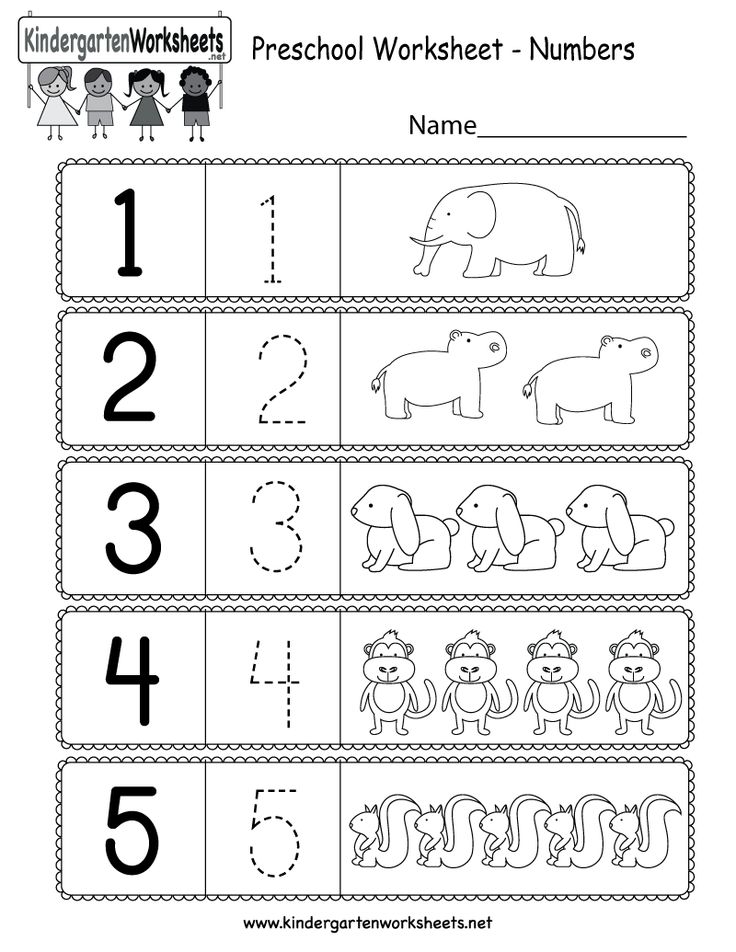
- Encourage your children to draw, paint and use lots of art materials.
- Develop their gross motor skills.
- Correct their pencil grip or use a rubber pencil grip.
- Let your children have lots of time for free play.
- Play with wooden, plastic or foam letters.
Get FREE access to Printable Puzzles, Stories, Activity Packs and more!
Join Empowered Parents + and you’ll receive a downloadable set of printable puzzles, games and short stories, as well as the Learning Through Play Activity Pack which includes an entire year of activities for 3 to 6-year-olds.
Access is free forever.
Signing up for a free Grow account is fast and easy and will allow you to bookmark articles to read later, on this website as well as many websites worldwide that use Grow.
- Share
Learning to Write - Play to Learn Preschool Preschool
This post may contain affiliate links. See Disclosure for more information.
See Disclosure for more information.
Learning to write is such a fascinating (and occasionally frustrating) process. Children begin by scribbling, and then start to make letter-like symbols such as circles and lines. Often they will pretend to write words just like they see adults doing. As they enter Pre-K (the year before kindergarten), their letters begin to take a more conventional form. By the end of Pre-K, most students can, to some degree, write their names. It takes lots and lots of practice, however, to get them to that goal. Here are a couple of ways to work on letter writing in the preschool classroom.
Learning to Write with Flour Trays
Materials:
- Plastic Trays
- Flour
- Laminated Letter or Name Cards
These are simply trays of flour. These flour trays are fantastic for a couple of reasons: they satisfy the student’s need for a sensory experience, and the flour is inexpensive and relatively easy to clean up.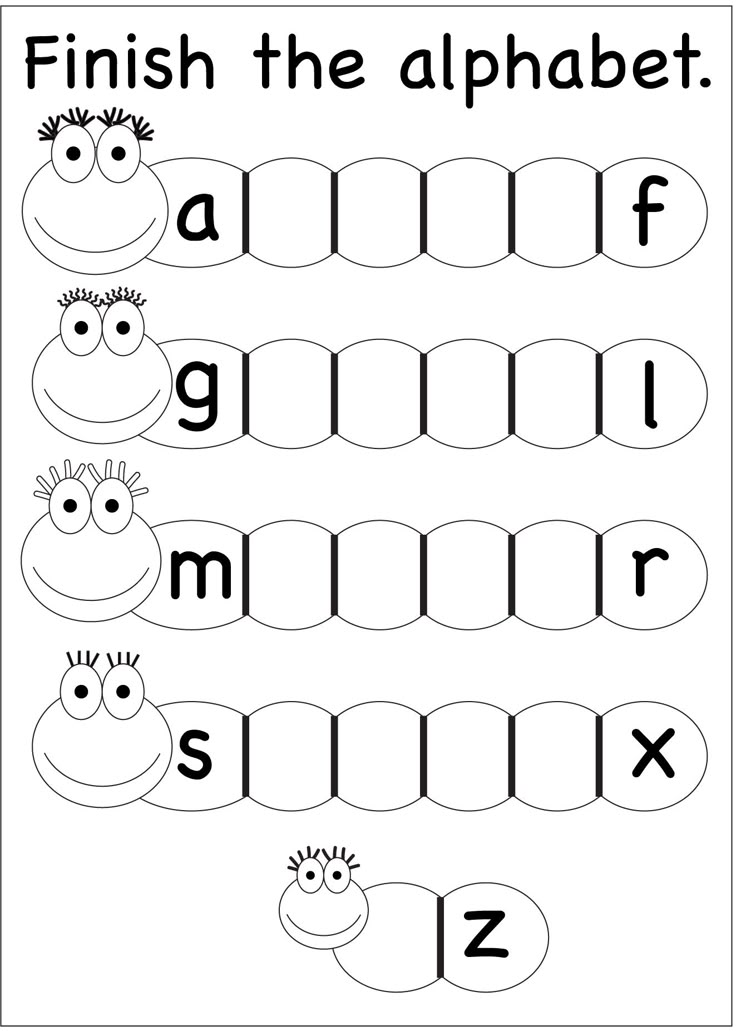 One can always pick out the students who have been working at this center because they look like that mom in the old Rice Crispies treat commercial! (Does anyone else remember that?)
One can always pick out the students who have been working at this center because they look like that mom in the old Rice Crispies treat commercial! (Does anyone else remember that?)
These are simply trays of flour. Have the students’ names written out as a model. During centers, they can choose their name card and then practice making the letters in the flour. Begin with younger students by working on the upper case letters of their first names, and build from there.
For older students that have mastered their first initial, they are then ready to move to first names in upper case. Soon they move on to last names and lower case letters. Remember, every student learns at their own pace, and some students have really long names, so be prepared for multiple levels of learning!
Pincer Grasp Practice
After students develop an understanding of the shape of the letter, they need to work on their pincer grasp. This fine motor skill begins in infancy when babies learn to pick up Cheerios and other small foods using just their thumb and index finger.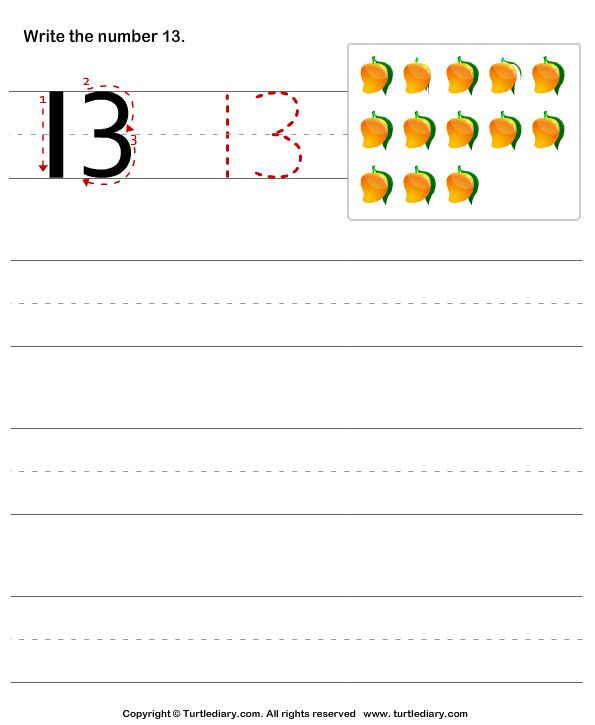 Children must improve their hand strength, dexterity and hand-eye coordination before they are ready for more formal writing tasks. One of the ways to practice this skill in preschool is through the use of giant thumb tacks. Put out index cards with shapes or letters written on them. The students place their card on a carpet square (easily obtained for free from the local carpet store!) and use their giant thumb tack to poke holes along the lines.
Children must improve their hand strength, dexterity and hand-eye coordination before they are ready for more formal writing tasks. One of the ways to practice this skill in preschool is through the use of giant thumb tacks. Put out index cards with shapes or letters written on them. The students place their card on a carpet square (easily obtained for free from the local carpet store!) and use their giant thumb tack to poke holes along the lines.
Look at all this pincer grasp practice!
Pre-Printing Practice Cards
When they are ready, why not add these terrific Pre-Printing practice cards to the writing center? This set of cards breaks down writing into simple steps– long horizontal lines, short horizontal lines, long vertical lines, slanted lines, curves, circles, etc.
Students love this center because they get to use dry erase markers. It’s the little things, right? These pictures are actually from a younger class. They did so well on them!
Looking for more name and writing activities? Why not try some of these easy DIY name activities? And don’t forget to check out these customizable name practice sheets!
Are you a teacher?
FREE Name Bundle!
Enjoy Free Name resources perfect for your preschoolers!
After you subscribe, you will be redirected to the FREE Name Resources. We respect your privacy. Unsubscribe at any time.
We respect your privacy. Unsubscribe at any time.
Filed Under: Learn to Write
You May Also Enjoy These Posts
What Children Learn Through Play
Preschool Pumpkin Activities
step-by-step instructions with expert advice
And now the first letter, the first word, appears on a piece of paper. Uneven and uncertain. But long-awaited. How to teach a child to write? How can I help him develop writing skills at home? Answers-in our material
Alena Gerashchenko
Author KP
Anna Shumilova
Methodist of the Teacher Platform
Mars Diamond 9000
Director0003
Writing is an important skill that is learned in preschool and elementary school. The opinions of experts differ: someone thinks that it is better not to put a letter to the child at home, someone, on the contrary, is convinced that it is the parent who opens the world of writing to the child.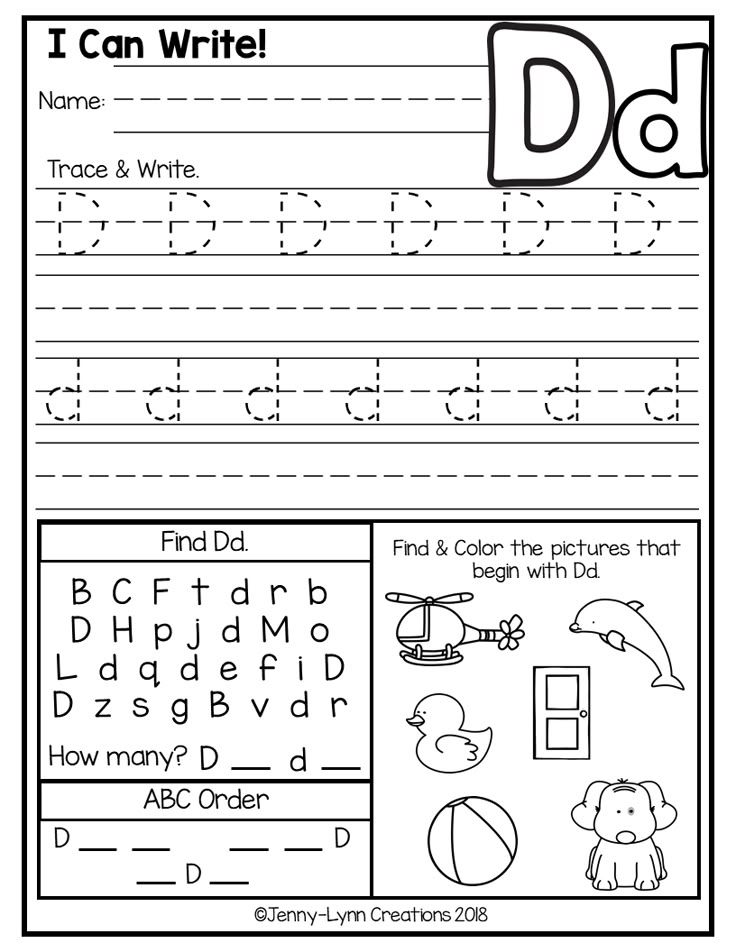 We believe that you can start developing the skill of writing letters at home - learn to draw pictograms, connect dots on paper, draw - not write - letters. Leave the capital letters and intricate, ornate words to the schoolteachers. Teach your child the basics. Get him interested in drawing, help develop spatial perception of reality, teach hand-finger coordination. We will tell you step by step how to teach your child the basics of writing before school. nine0003
We believe that you can start developing the skill of writing letters at home - learn to draw pictograms, connect dots on paper, draw - not write - letters. Leave the capital letters and intricate, ornate words to the schoolteachers. Teach your child the basics. Get him interested in drawing, help develop spatial perception of reality, teach hand-finger coordination. We will tell you step by step how to teach your child the basics of writing before school. nine0003
Step-by-step instructions for teaching a child to write
Everything needs a system. In training, a systematic, everyday contribution to the development of skills is very important. Compliance with the following steps will lay the foundation for high-quality development of the child's writing.
Step #1. Get interested
Start telling children in an exciting way what writing is, why it is needed, how it originated and developed. The main thing is to present the story not with dry facts.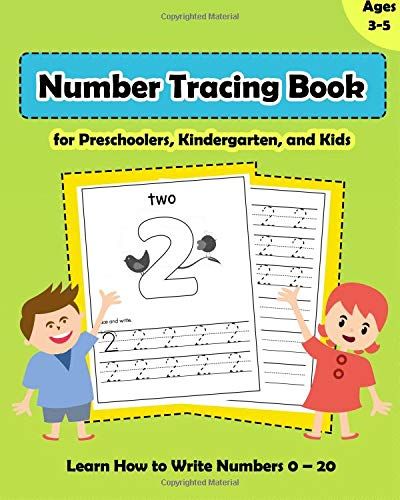 Do it brightly, colorfully, picturesquely. Show your child photographs of the walls of the Egyptian pyramids, which depict various drawings and hieroglyphs. Tell your son or daughter the story of the Novgorod boy Onfim, who wrote birch bark letters in the 13th century, show his monument, and the letters and drawings. The emotional presentation of the story, coupled with illustrative material - all this will resonate with the child. Also invite the child to do the exercises during the stories. Here are a couple of activities to accompany stories that will help your child understand the nature of writing and want to learn to write on their own as soon as possible. nine0003
Do it brightly, colorfully, picturesquely. Show your child photographs of the walls of the Egyptian pyramids, which depict various drawings and hieroglyphs. Tell your son or daughter the story of the Novgorod boy Onfim, who wrote birch bark letters in the 13th century, show his monument, and the letters and drawings. The emotional presentation of the story, coupled with illustrative material - all this will resonate with the child. Also invite the child to do the exercises during the stories. Here are a couple of activities to accompany stories that will help your child understand the nature of writing and want to learn to write on their own as soon as possible. nine0003
Exercise 1
Show your child pictograms (wall pictures that our ancestors used to communicate information to each other), invite him to fantasize and make up an oral story based on the pictures he saw.
Exercise 2
And vice versa: make up a story with your child and invite him to illustrate it in detail with the help of pictures.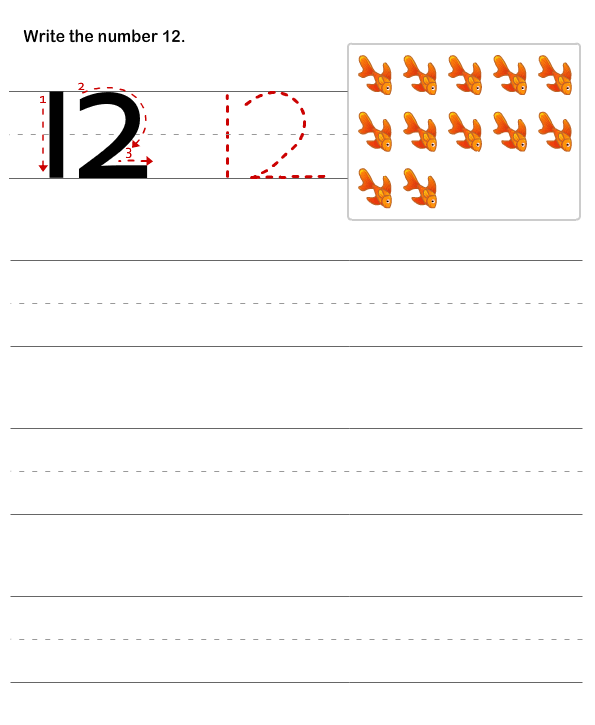 Such tasks, among other things, develop fantasy, speech and storytelling skills.
Such tasks, among other things, develop fantasy, speech and storytelling skills.
After the pictograms, go on to explain ideographic writing. It sounds complicated, but in fact, ideography uses simplified pictograms - symbols. The Chinese language is built on symbolism (principle 1 character = 1 word), designations in the transport sector. Acquaintance with the symbols will be interesting to the child if you pay attention to them during a walk. nine0003
You can teach a child to draw simple images with meaning: for example, two wavy horizontal lines symbolize a pond; crossed circle - prohibition, the word "no" and so on. Stories about ideographic writing and "practical ideography" will expand the horizons of the baby, teach him to perceive the world around him more sensitively, develop creative thinking, and teach spatial perception.
If you feel that the kid is ready for more (he asks questions, draws a lot), tell him about modern writing, about languages. Explain that the Egyptians wrote from right to left - it was inconvenient: hieroglyphs, drawings were smeared by hand.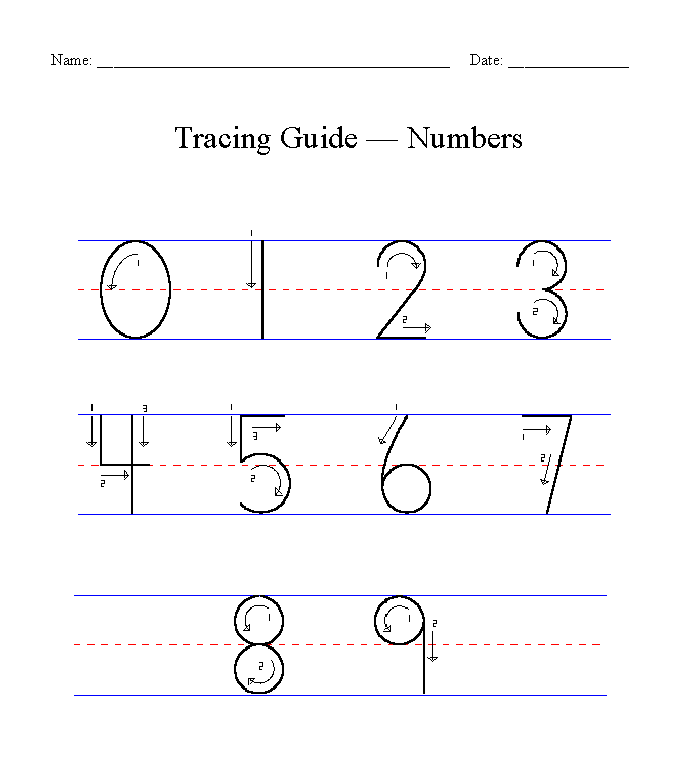 Show your child that writing like this is not very convenient. Tell us that we inherit the experience of the ancient Greeks - we write from left to right. Take a digression into history and tell the fidget that Latin was developed from the ancient Greek language, and it became the official language of the church. Latin formed the basis of many other languages (English, German). And our ancestors developed Slavic writing, the Russian language. Conclude that today we use the Russian script, an alphabet of 33 letters. Show the child a primer, study each letter with him. Invite the child to circle each of them with a finger. nine0003
Show your child that writing like this is not very convenient. Tell us that we inherit the experience of the ancient Greeks - we write from left to right. Take a digression into history and tell the fidget that Latin was developed from the ancient Greek language, and it became the official language of the church. Latin formed the basis of many other languages (English, German). And our ancestors developed Slavic writing, the Russian language. Conclude that today we use the Russian script, an alphabet of 33 letters. Show the child a primer, study each letter with him. Invite the child to circle each of them with a finger. nine0003
Step #2: Practice Moderately
Spend no more than 15 minutes a day on letter-drawing. Let the child during this time repeat the outlines of the letters from the primer. Let him try to draw them. If the letters are crooked - it's not scary. It should not scare you that the signs crawling out from under the pencil of a novice writer do not quite look like letters.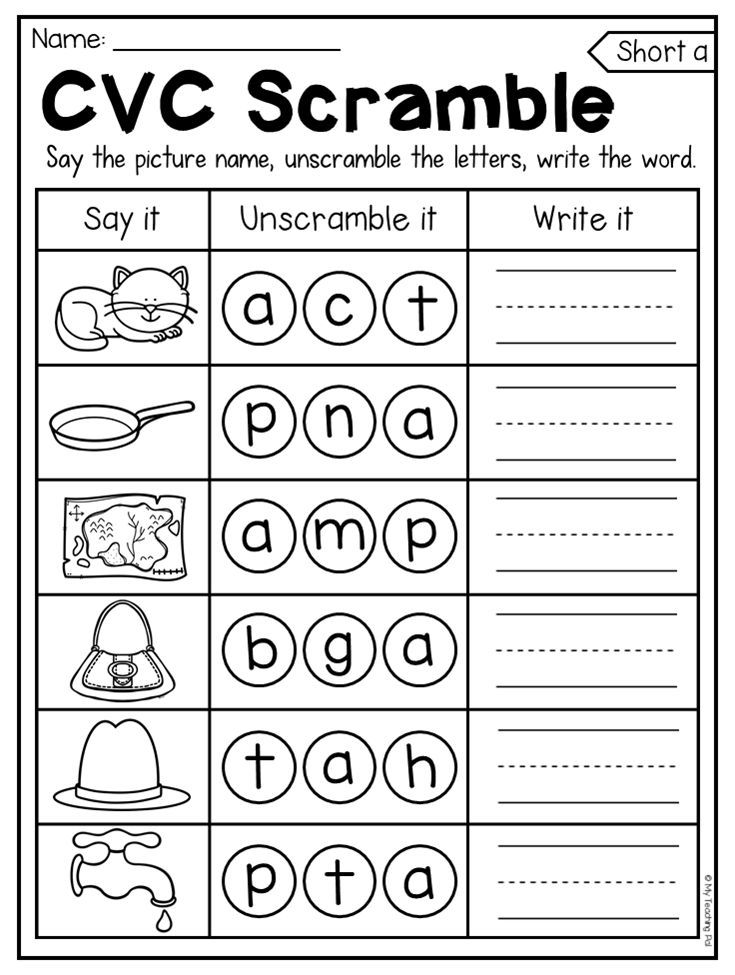 Transform the process of learning to write into a game - sit next to the baby and draw incomprehensible signs of eyes, smiles, legs and arms. So the child will have more fun. He will trust you, the process, the primer, and next time he will accurately draw a letter, and not a hippopotamus or a fat cat. The main rule is to learn to draw letters for a quarter of an hour. Let the child rest. Even the creativity that the kid is passionate about can exhaust him and discourage him from learning to write. nine0050
Transform the process of learning to write into a game - sit next to the baby and draw incomprehensible signs of eyes, smiles, legs and arms. So the child will have more fun. He will trust you, the process, the primer, and next time he will accurately draw a letter, and not a hippopotamus or a fat cat. The main rule is to learn to draw letters for a quarter of an hour. Let the child rest. Even the creativity that the kid is passionate about can exhaust him and discourage him from learning to write. nine0050
Spend no more than 15 minutes a day on letter-drawing. Photo: globallookpress.com
Step No. 3. “We wrote, we wrote, our fingers were tired!” Develop fine motor skills
Together with your child, sculpt from plasticine, build towers and wonderful animals from the designer, draw, color, make applications, lay out mosaics, embroider with a cross. Practice daily, captivate your child with creativity and at the same time help him develop fine motor skills of his hands.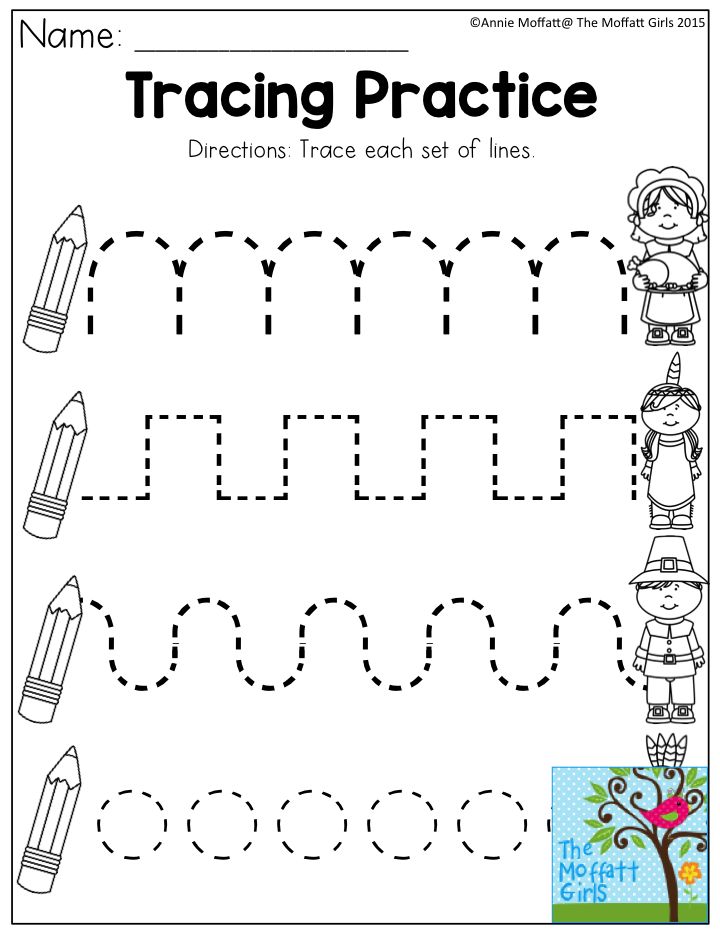 If he learns to manipulate various small objects, it will be easier for him to learn to write. Fine motor skills training allows you to develop the temporal regions of the brain that are responsible for speech. If the baby has good motor skills, he writes well, then it will also not be difficult for him to tell a poem beautifully or come up with a story and vividly present it to his family, classmates, teacher. In man, everything is very subtly interconnected. nine0003
If he learns to manipulate various small objects, it will be easier for him to learn to write. Fine motor skills training allows you to develop the temporal regions of the brain that are responsible for speech. If the baby has good motor skills, he writes well, then it will also not be difficult for him to tell a poem beautifully or come up with a story and vividly present it to his family, classmates, teacher. In man, everything is very subtly interconnected. nine0003
Read also
"Mom, buy": how to deal with children's requests in the shopping center, parental abuse in response: perhaps each of us was an unwitting witness to such heartbreaking scenes. Together with the teacher-psychologist Ekaterina Bolysheva, we learn to avoid mistakes that can lead to children's tantrums in the store0035
The child's back must not be bent by the wheel. Incorrect posture will negatively affect the health of the internal organs of the baby, his psychological state, even the activity of his thinking.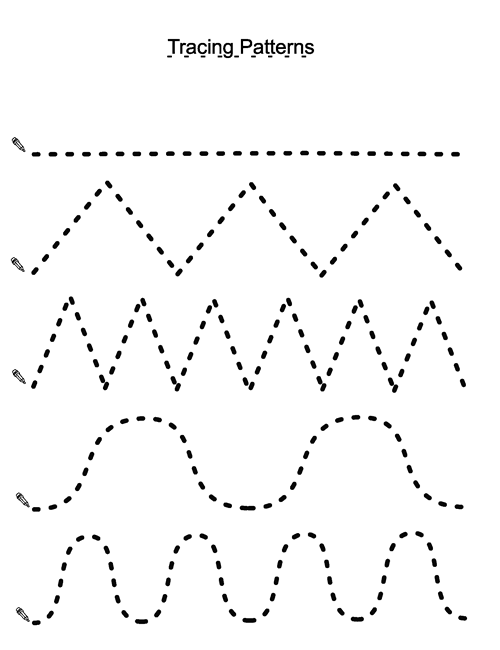 Do sports with your child (gymnastics, swimming). Show him how to walk correctly - straight with a slightly raised chin, rushing the top of his head up. Teach him to sit at the table correctly: the child should bend in the lower back, the shoulders should be slightly relaxed, lowered. The kid should not lean heavily on the back of the chair and shift the entire body weight onto the table. The muscles of the upper body should be toned and slightly tense, but the neck should not be pulled forward. A slight tilt of the head is acceptable. In any case, consult with your pediatrician about how to properly seat your child at the table. He will suggest effective practices for controlling the muscles of the back, neck, arms and will talk in detail about why it is so important to develop the habit of sitting at the table correctly. nine0003
Do sports with your child (gymnastics, swimming). Show him how to walk correctly - straight with a slightly raised chin, rushing the top of his head up. Teach him to sit at the table correctly: the child should bend in the lower back, the shoulders should be slightly relaxed, lowered. The kid should not lean heavily on the back of the chair and shift the entire body weight onto the table. The muscles of the upper body should be toned and slightly tense, but the neck should not be pulled forward. A slight tilt of the head is acceptable. In any case, consult with your pediatrician about how to properly seat your child at the table. He will suggest effective practices for controlling the muscles of the back, neck, arms and will talk in detail about why it is so important to develop the habit of sitting at the table correctly. nine0003
Popular questions and answers
How to teach a child to write beautifully?
Anna Shumilova, methodologist of the Uchi.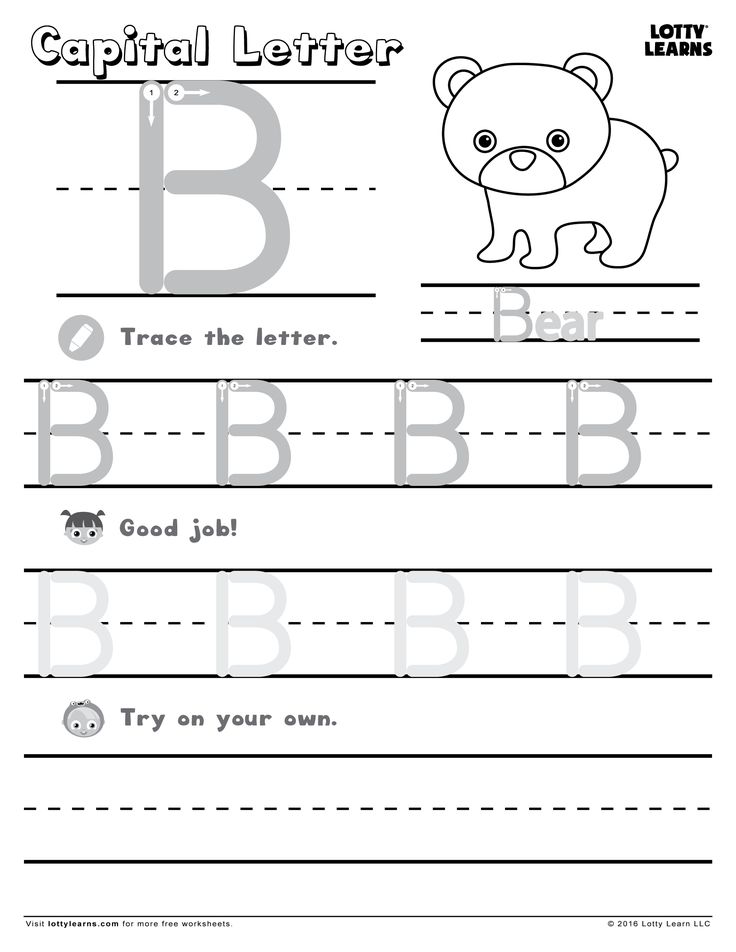 ru platform:
ru platform:
— Is it really necessary to demand beautiful handwriting and perfectly clean notebooks from a child? Some parents are worried when teachers lower their children's grades for the design of notebooks, and they believe that the main thing is to write down the exercise without errors, give the correct answer to the question, and find the right solution to the problem. Other parents, on the contrary, force the child to rewrite the work with blots and expect the teacher to spend enough time on calligraphy in the classroom. The truth, as always, lies somewhere in the middle. Any teacher knows from his own experience that in dirty, untidy notebooks there are rarely work without errors. Order and accuracy help to form a harmonious, logical thinking. If the student writes quickly and readably, this becomes a huge advantage for him in mastering the school material. We are of the opinion that the teacher should teach children to write. Any adult person knows for himself that it is quite difficult to change handwriting or the way letters are written.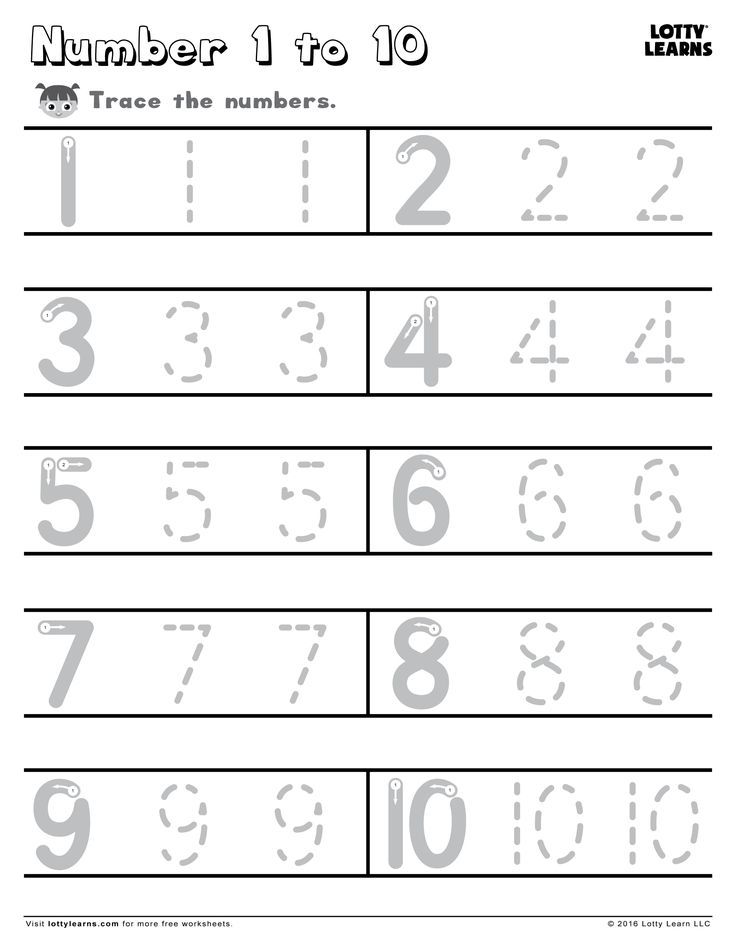 Incorrect spelling of letters will not help either the first grader or his teacher, but, on the contrary, will cause additional difficulties. However, a parent can help. nine0003
Incorrect spelling of letters will not help either the first grader or his teacher, but, on the contrary, will cause additional difficulties. However, a parent can help. nine0003
If you want to help your child prepare for writing, it is best to start with block letters and do no more than 20 minutes at a time. You should also explain to the future student the basic principles of writing.
1. The line is the letter house. It has a floor and a ceiling. You can not break through the floor and stick out the legs of the letters from there. You can't break through the ceiling and stick your head out like a giraffe. If such a nuisance nevertheless happened with the letters, you can give the child a colored pencil and ask them to underline the hooligan letters and ask what exactly is wrong with them. After that, be sure to underline the letters that turned out to be written correctly, and praise the child. Another great exercise is coloring. We select a small part of the picture and ask to color it without going beyond the outline of the figure.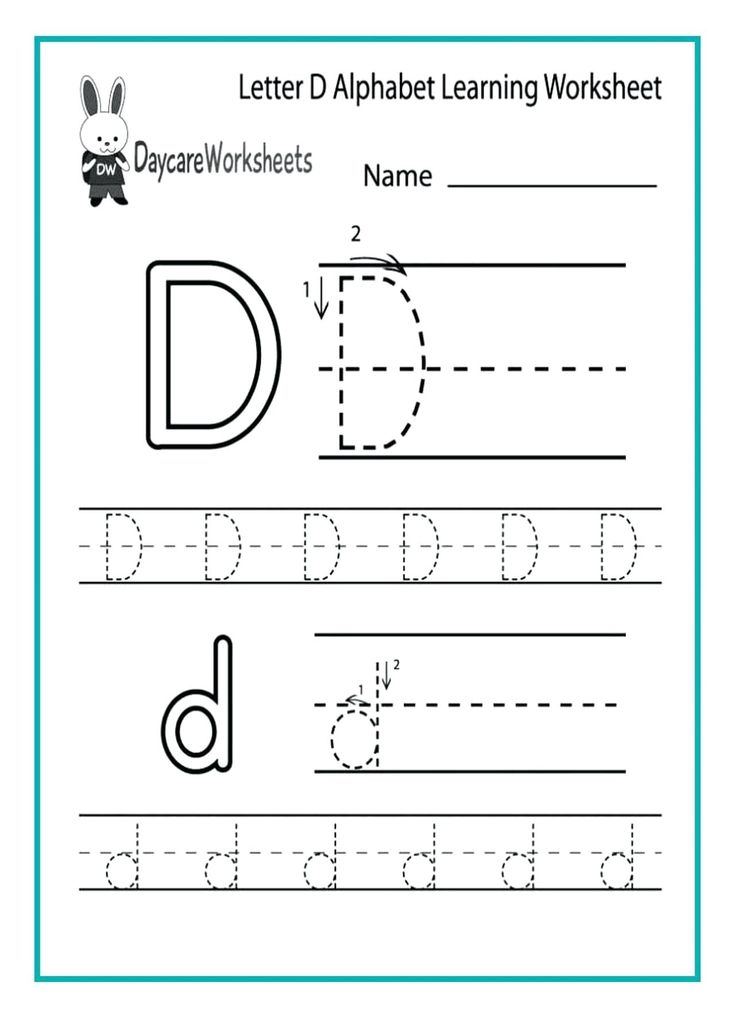 For little naughty fingers, it's not so easy. nine0050
For little naughty fingers, it's not so easy. nine0050
2. When we write letters, we imagine the rails on which the train travels. If the rails cross, the train will derail and fall. The letters should not dance on the line, but stand like soldiers. After the kid writes a line, you can take a ruler and draw vertical lines through the letters. If the rails are straight everywhere, then the train arrived wonderfully, and you can put a big fat plus on this line! Over time, the rails may become slanted, but should remain parallel. nine0003
3. Written letters consist of a certain set of elements: sticks, hooks, loops and ovals. As we wrote above, it’s better not to collect letters without a teacher, but it’s worth practicing writing sticks of different lengths. To work with an oval, we can draw a box. The oval should look out the window and not get stuck in it. If a child draws a circle, then his chubby cheeks will not crawl through the window. Cheeks will have to be erased.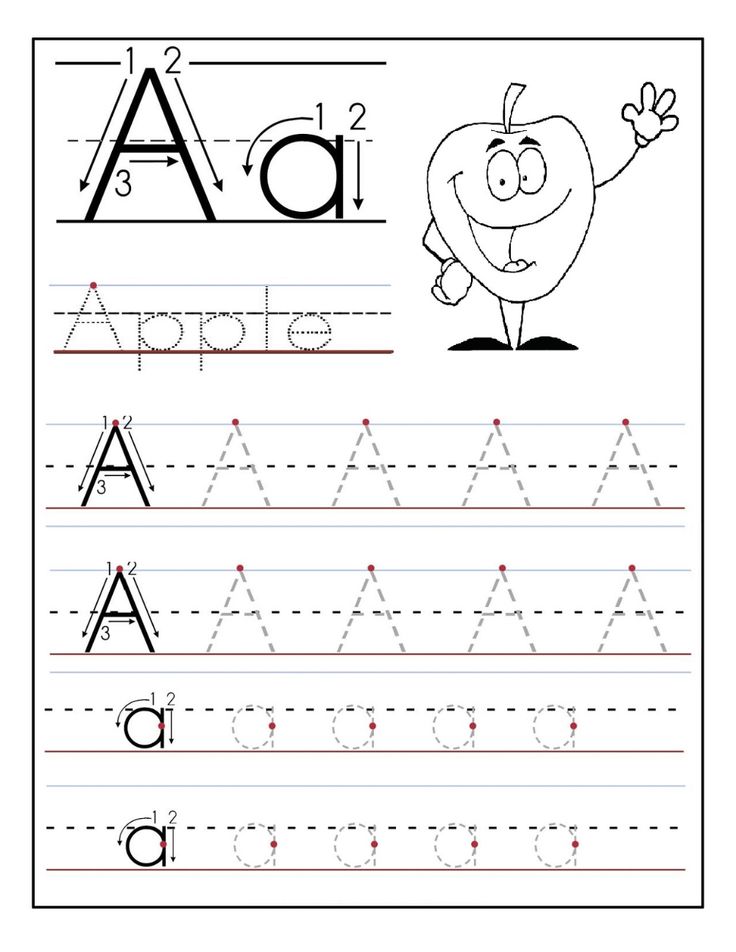 In addition to writing, we advise you to have an A4 lined notebook. If you don't have one, the regular one will do. First, the parent himself draws a large beautiful printed letter. The child paints its elements in different colors. Then we write giant letters (several centimeters high). At the beginning of the line, the parent puts dots, the child circles them, and only then appends the line on his own. Next come the middle letters and, towards the end of the page, the midget letters. While the child is writing, you can ask him to pronounce the sound of a capital letter in a rough voice, the sound of a middle letter in a normal voice, and squeak the sound of a midget letter. That will be much more fun! nine0050
In addition to writing, we advise you to have an A4 lined notebook. If you don't have one, the regular one will do. First, the parent himself draws a large beautiful printed letter. The child paints its elements in different colors. Then we write giant letters (several centimeters high). At the beginning of the line, the parent puts dots, the child circles them, and only then appends the line on his own. Next come the middle letters and, towards the end of the page, the midget letters. While the child is writing, you can ask him to pronounce the sound of a capital letter in a rough voice, the sound of a middle letter in a normal voice, and squeak the sound of a midget letter. That will be much more fun! nine0050
How to teach a child to write quickly?
Anna Shumilova:
— A quick letter is a continuous letter. He will be taught by a teacher at school. As soon as the literacy period ends (around February 1st grade) and the Russian language begins, you can dictate very short dictations to your child.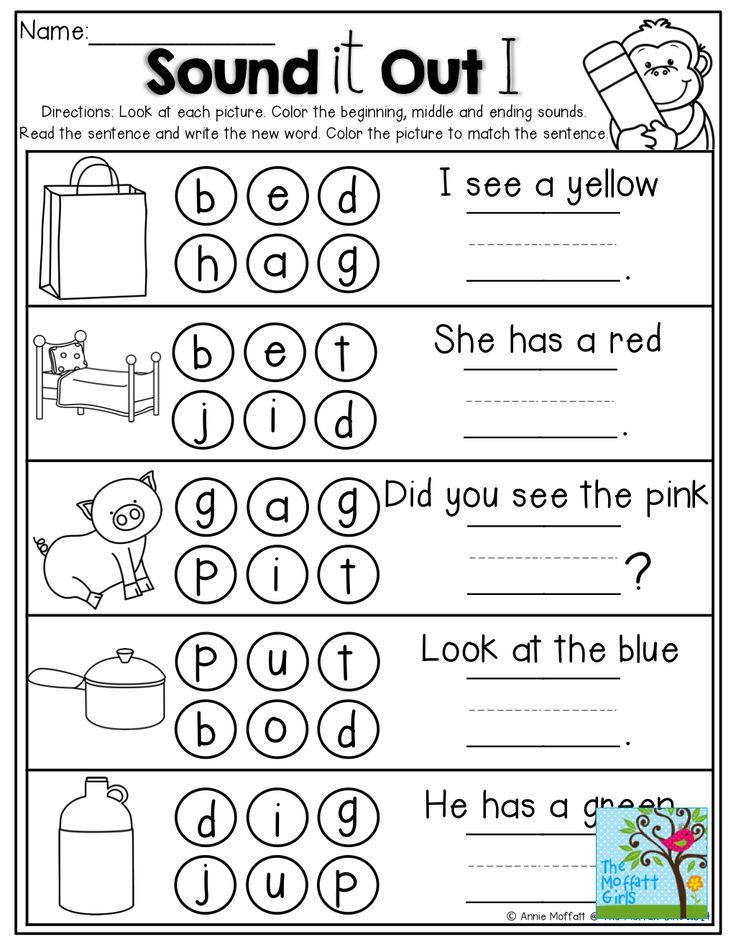 You can use the collection of O. V. Uzorova. You can come up with short funny sentences about your child yourself. This will generate additional interest in the letter. Only practice and control over the maximum continuity of the hand while writing one word will help to write quickly. So that the child does not forget what this or that letter looks like (which happens up to grade 3), it is necessary to spend minutes of calligraphy. nine0050
You can use the collection of O. V. Uzorova. You can come up with short funny sentences about your child yourself. This will generate additional interest in the letter. Only practice and control over the maximum continuity of the hand while writing one word will help to write quickly. So that the child does not forget what this or that letter looks like (which happens up to grade 3), it is necessary to spend minutes of calligraphy. nine0050
Read also
Motivation of a child to study at school
Komsomolskaya Pravda tells why children are waiting for the Day of Knowledge, but after a week they suddenly start to get sick and tells how to make the child motivated to study
2
How to teach a child to write at home?
Almaz Marsov, director of the online school "It's clear":
- Learning to write can be divided into 2 stages: preparing the hand for writing and writing itself.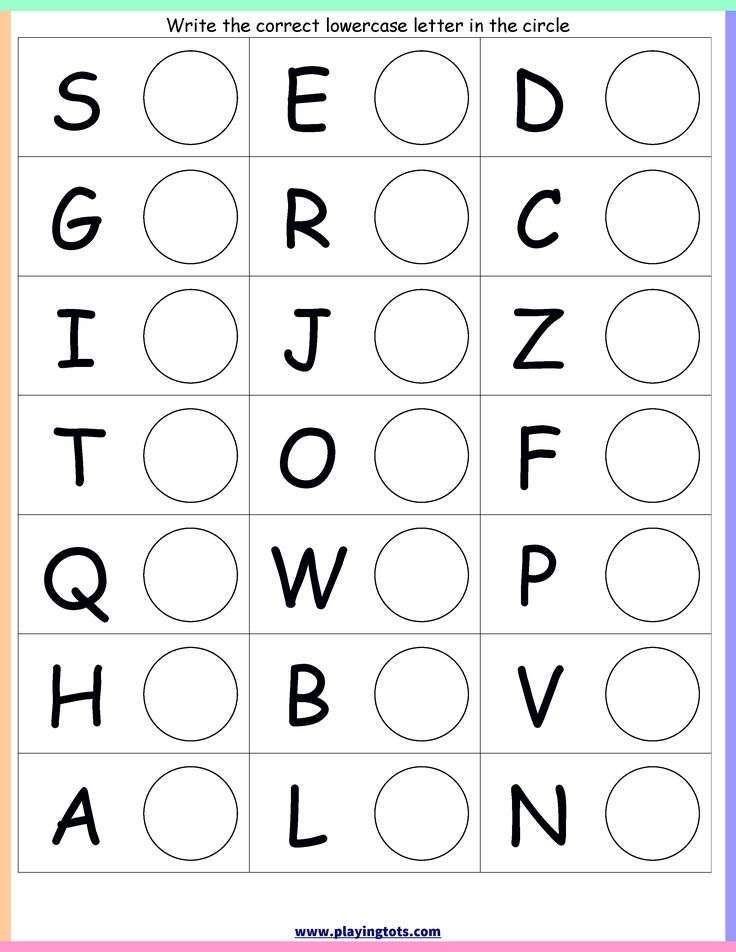 At the preparatory stage, you need to teach the child to coordinate brush movements. To do this, play and create with your child. Coloring pages, hatching tasks, as well as graphic exercises will help you: graphomotor tests, labyrinths, tasks of the series “connect by dots”, “connect by dotted lines”, “draw the second half” and so on. In a word, these are the tasks that will teach a child to use a pencil or pen - to set the direction of the lines, control the force of pressure, control the size of the image, the clarity of the lines and smoothness. After that, you can start writing letters and numbers. nine0003
At the preparatory stage, you need to teach the child to coordinate brush movements. To do this, play and create with your child. Coloring pages, hatching tasks, as well as graphic exercises will help you: graphomotor tests, labyrinths, tasks of the series “connect by dots”, “connect by dotted lines”, “draw the second half” and so on. In a word, these are the tasks that will teach a child to use a pencil or pen - to set the direction of the lines, control the force of pressure, control the size of the image, the clarity of the lines and smoothness. After that, you can start writing letters and numbers. nine0003
The main principle is to go from simple to complex. First, you can learn to write part of a letter or number, then the letter or number in full. It is important to show the child the correct sequence of writing letters and numbers: from left to right, from top to bottom. Too many children come to school with the wrong letter and are faced with the need to relearn. To avoid this, we recommend that you complete tasks with the children and control the correct spelling until they develop a writing skill. nine0003
nine0003
Of course, the best helper is prescription. As soon as the child masters the letter with a hint, you can move on to a more difficult option - writing in a notebook. The more practice, the more confident and better the child's writing. Finally, the skill needs to be consolidated and improved. Write everywhere: sign drawings and crafts, write on asphalt with crayons, on misted glass with your finger - turn writing into a game and an interesting activity for a child. The more you practice, the faster and more beautiful the child will write. nine0050
What kind of games help children develop writing skills?
Anna Shumilova:
— Almost any exercise can be turned into a game. It depends on the submission of the material. You can draw letters with your nose in the air, collect letters from sweets. You can color the letters, circle them with dots, and then give them gifts. If the letter is oval, it is necessary to give objects that also contain an oval in their image.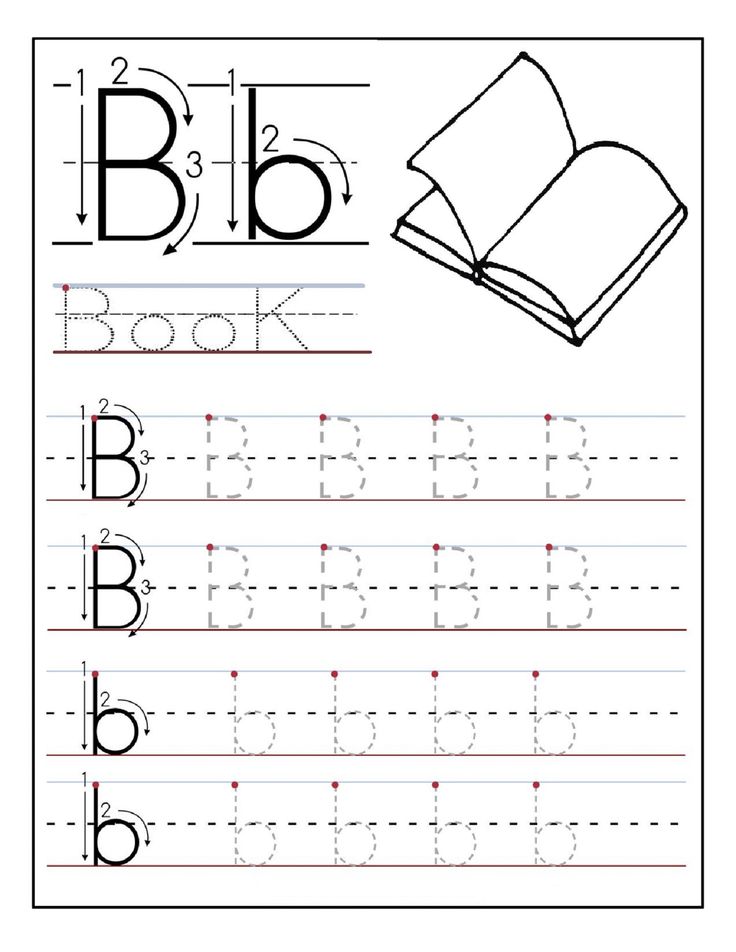 Write not only at the table, but also with chalk on the pavement, a marker on a blackboard, sand on glass or on a piece of paper, show letters on your fingers, ask you to guess which letter you are in. nine0050
Write not only at the table, but also with chalk on the pavement, a marker on a blackboard, sand on glass or on a piece of paper, show letters on your fingers, ask you to guess which letter you are in. nine0050
What determines how fast a child learns to write?
Anna Shumilova:
— We recommend taking your child to at least a few calligraphy lessons or watching video tutorials on YouTube. The teacher will tell you how to correctly determine the size of the line and letter. Pen and ink will not allow the child to rush. He will learn to breathe correctly, regulate the pressure on the pen, focus on writing, see the extraordinary artistic beauty of various styles of writing letters. This will be a great experience and will help the kid develop writing skills and strive for perfection. nine0050
Read also
How to teach a child to do homework on their own
In an ideal world, children themselves go to bed and do their homework - but alas, in reality, everything is not so. Most parents of schoolchildren still have to help them with their homework
Most parents of schoolchildren still have to help them with their homework
| Chalk In the age of the Internet and technology, more and more parents are wondering if their child will need handwriting skills and why this is given such attention in schools. We asked Anna Polishchuk, clinical and perinatal psychologist, child neuropsychologist, author of the educational project "Children Ready for the Future", to talk about the importance of writing and proper preparation for it. Knowing how to write is really importantWritten language is not just the ability to write letters. This is a complex integrative process. When we master writing, almost all areas of the brain work at the same time - and they do it in a coordinated manner, creating a whole functional system. nine0003 The visual areas are responsible for reproducing and retaining in the working memory the image of a word and the image of a letter; auditory - for working with a phoneme. Can you imagine how many tasks a child's brain solves per second when it prints a letter? nine0003 We are not just learning to write, we are creating a new functional system, linking all parts of the brain into a single network. The brain changes even morphologically. Try to do old Russian calligraphy - and you will feel how much concentration, tone, and attention it requires. If schools replace writing with typing on a keyboard, this will certainly facilitate the learning process, but this will affect the cognitive functions of children. When to start preparing Beautiful writing largely depends on how ready the child's hand is. It is rare to find a clumsy child with good handwriting - because problems with gross motor skills drag along and difficulties with fine motor skills. Photo: Juriah Mosin / ShutterstockPreparing the hand for writing naturally starts at birth: even just playing in the sandbox, the child develops motor skills. Jumping, jumping rope games, hopscotch, cycling, rope parks contribute to the same goal. Today, the idea of early - anticipatory - development is popular among parents, but there is simply no point in actively putting a child at prescription before 4–5 years old. By this age, it is enough to be able to hold a pencil correctly. nine0003 A child is ready to learn to write if he has the following skills:
How to get interested in writingWriting is a complex integrative function, and in order to generate interest in it, it is important to understand where it starts. nine0003 Written speech is always the transmission of information. From a child to an adult. And it starts with a drawing! When a child scribbles, brings sloppy colored pictures to mom, or gives dad scribbled paper, he is trying to share his thoughts. Adults need to encourage this. The child encodes his words in lines and dashes, tries to convey an idea through an image - this is an analogue of the encryption system in a letter: we also encode the meaning in letters. Therefore, it is very important to initiate drawing. Offer pencils, crayons, paints and brushes, try to draw with your fingers, put dots on paper, traces of palms, learn to color, paint over, depict the first "cephalopod" men. nine0003 Often today's children do not like to draw because of problems with general tone or its asymmetry. Children love to be adults, and this is the whole secret of learning: write yourself! Leave notes, write stories, read to each other and show vivid emotions when the child repeats after you. Praise for trying. Tell us how you like to receive colorful notes and hang beautiful drawings on the refrigerator. nine0003 Create a gallery and save all the creations of children! Show that you care about what the child wants to convey to you in this image! All this is the basis of written speech. The pleasure of drawing gradually turns into the pleasure of writing letters, and then words. If a child does not have such a desire by the age of 5–6, return to the previous levels: draw and make scribble notes. How can I help my child learn to write? First of all, in a natural way, through everyday life. Cooking, cleaning, washing - it's all about motor skills. It would be useful to include drawing, passing mazes, playing with geoboards and mosaics, and graphic dictations in your daily activities. Photo: sakkmesterke / ShutterstockYou can also use special training aids for orientation on the sheet and in the image of the letter. For example, KUMON notebooks "Spatial Thinking" and "Learning to write block letters of the Russian alphabet." The latter has several advantages:
We must not forget an important criterion: such benefits should be offered to a child only when he is already approaching the age of learning to read, that is, closer to 5 years. |

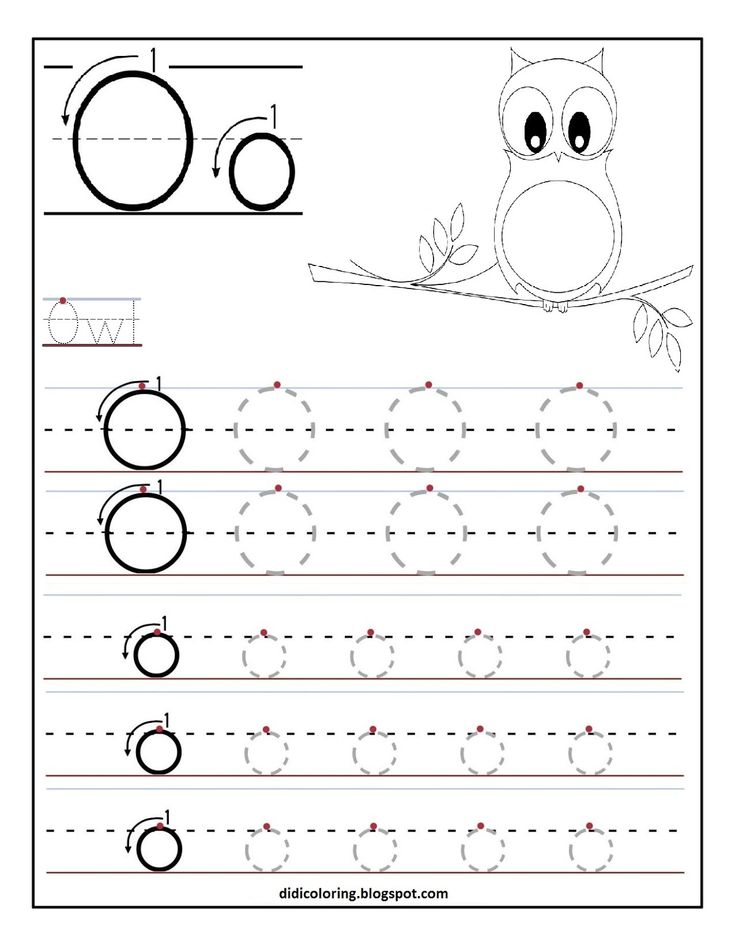 That is why, when children first begin to write, they pronounce each word aloud. The motor and deep parts of the brain are responsible for sufficient muscle tone, correct subtle movements, and jewelry switching between positions. And of course, all this is accompanied by an analysis and search for semantically suitable words.
That is why, when children first begin to write, they pronounce each word aloud. The motor and deep parts of the brain are responsible for sufficient muscle tone, correct subtle movements, and jewelry switching between positions. And of course, all this is accompanied by an analysis and search for semantically suitable words.  We are talking here about the general tone, and about the posture that the child takes for writing, and, of course, about motor skills. nine0003
We are talking here about the general tone, and about the posture that the child takes for writing, and, of course, about motor skills. nine0003 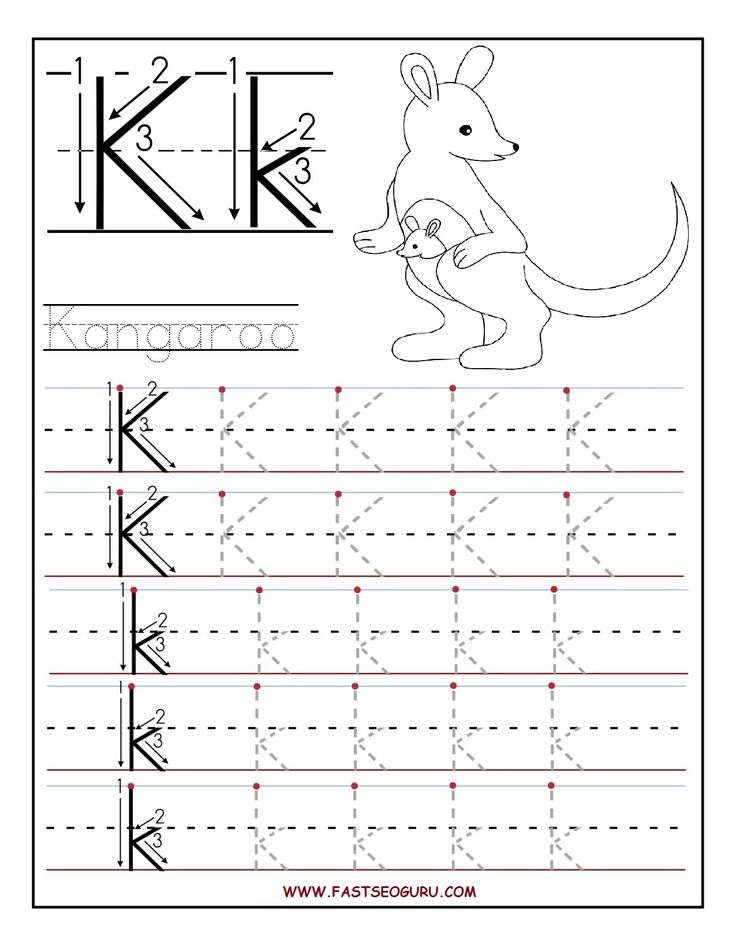
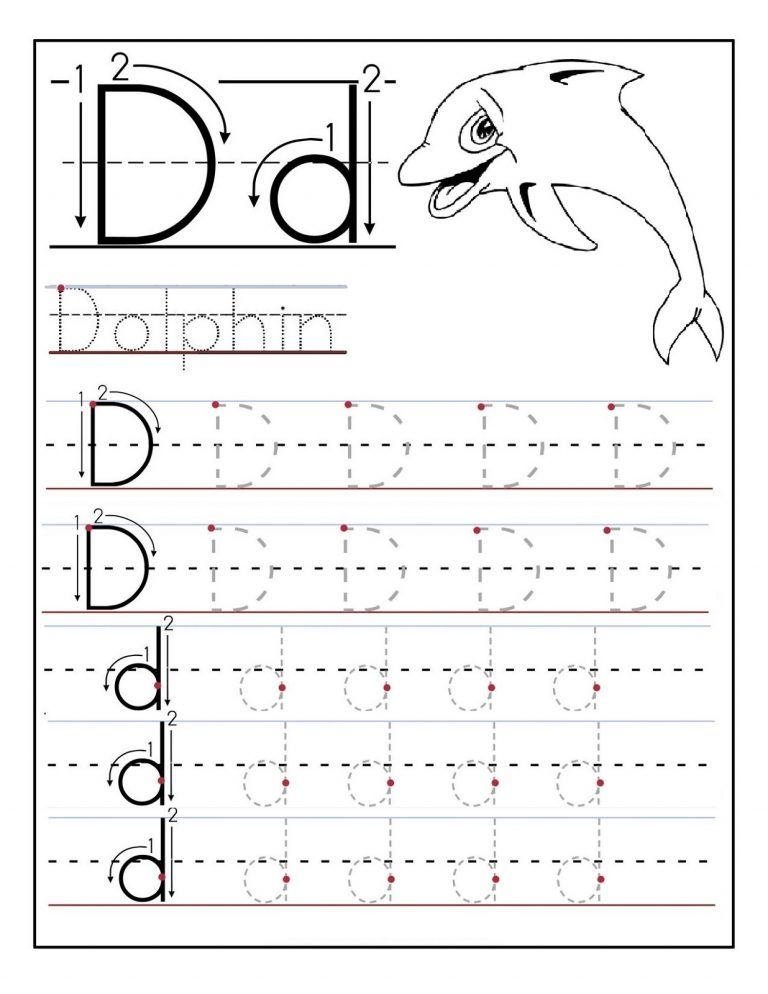 Gadgets, physical inactivity, incorrect posture - all this affects health, it is difficult for children to hold the pressure of a pencil.
Gadgets, physical inactivity, incorrect posture - all this affects health, it is difficult for children to hold the pressure of a pencil.  nine0003
nine0003 